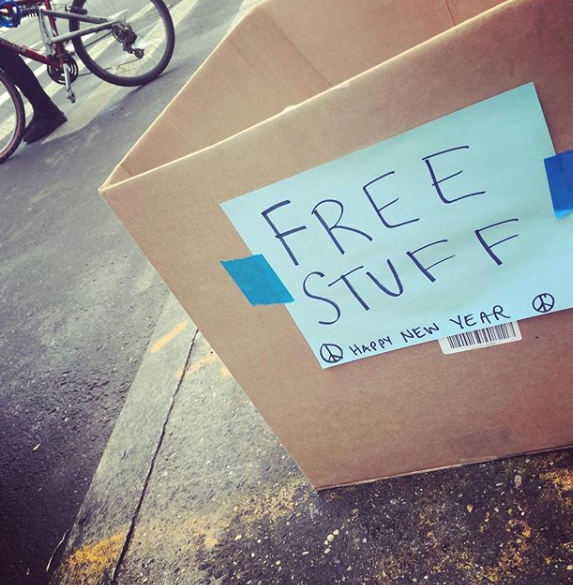

The goal of a good photographer is to be invisible.
To document what is taking place, accurately capture the mood and the emotion of the moment, and most importantly, to not change what is taking place.
Souza, the legendary presidential photographer who took millions of pictures of two different commanders in chief, calls this approach leaving a small footprint. Meaning, he always used the quietist and most unobtrusive equipment, moved around his subjects gingerly, basically blending into the woodwork of the room.
Every photographer faces this dilemma of being invisible. Their job, after all, is to capture subjects in their natural state. If they are too conspicuous, the shot won’t be authentic.
Quantum physicists named this phenomenon the observer effect, which states that that human beings modify their actions in response to their awareness of being observed. That’s how subatomic particles roll. They exist in an indeterminate state until they are observed.
And so, this analogy points to the issue of influence. That each leader, camera in hand or not, always has a responsibility to the energy of the moment.
In some situations, their role is to hang in the background and try not to change what is taking place. To let the space breathe and let feelings and moments emerge without our interference.
But in other situations, their role is quite the opposite. Sensitive to the fundamental human need to be seen, they give people the gift of psychological visibility.
They remind people, with the lens of their eyes, that their life will not go unnoticed and unwitnessed.
Not on their watch.
LET ME ASK YA THIS…
How do you feel when somebody makes you feel invisible?
* * * *
Scott Ginsberg
That Guy with the Nametag
Author. Speaker. Strategist. Inventor. Filmmaker. Publisher. Songwriter.
 It’s the world’s first, best and only product development and innovation gameshow!
It’s the world’s first, best and only product development and innovation gameshow!
Tune in and subscribe for a little execution in public.
Join our community of innovators, artists and entrepreneurs
